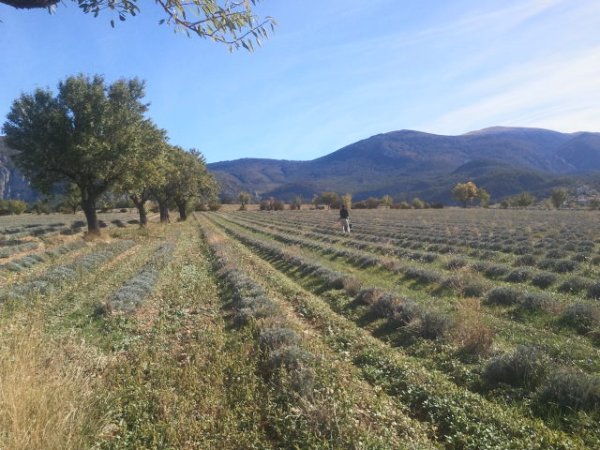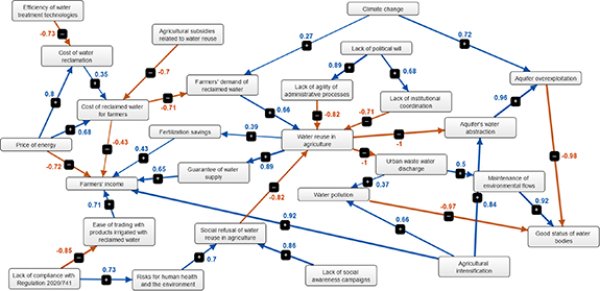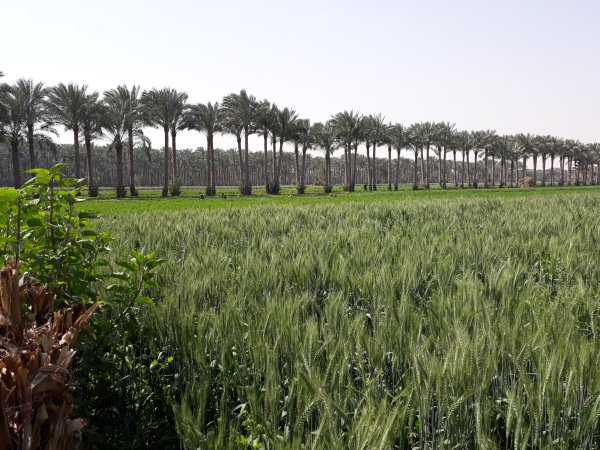Calibration and validation of APSIM–Maize, DSSAT CERES–Maize, and AquaCrop models for Ethiopian tropical environments
- This article compares the performance of three process-based crop models (APSIM–Maize, DSSAT CERES–Maize, and AquaCrop) under Ethiopian tropical conditions. Using field data from three agro-ecological sites and four maize varieties, the study conducts model calibration, validation, and ensemble analysis. The findings demonstrate that ensemble modeling significantly improves simulation accuracy and reduces uncertainty compared to individual models.
Case study to advocate for systeme science in agricultural faculties
It clearly shows that there is a gap between the logic of research and development and the logic of farmers in 3 subsaharan africa public and private extension programmes.
Co-PRODSCOPE
COPRODSCOPE is a tool designed for agricultural advisors that aims to help agropastoralists in the savannah areas of sub-Saharan Africa to enhance the value of their crop (straw, haulm, stalks) and livestock (solid manure) by-products. It is an assessment and advisory tool for the management of by-products in order to optimize resource use and promote agroecological intensification of agropastoral farms.
Define an Issue as a System

https://youtube.com/playlist?list=PLhqqzScnkli3lv7ipP3slTopLaC5ky87y
This protocol is a guide to conceptualize a challenge or an issue into a system with its boundary, components, relations and environment.
Modelling the potential impact of climate change on the productivity of soybean in the Nigeria Savannas
A well-calibrated and evaluated GROPGRO module of the Decision Support System
for Agro-technological Transfer (DSSAT) was used to simulate productivity of soybean
in northern Nigeria under climate change. Both historical (1990–2019) and projected
climate scenarios from 5 general circulation models (GCMs) under two representative
concentration pathways (RCP 4.5 and RCP 8.5) in the mid-century (2040–2069) and
end of the century (2070–2099) periods were used. Depending on climate scenario, the
minimum temperature is expected to rise by 1.7–4.4oC at Kano in the Sudan savanna
(SS) agroecological zone (AEZ) and 1.4–4.0oC at Zaria in the northern Guinea savanna
(NGS) AEZ, while maximum temperatures are projected to increase by 1.7–4.1oC in the
SS and 1.3–3.6oC in the NGS. Seasonal average rainfall will increase by 4.8–14.5%
in the SS and decrease by 2.6–3.8% in the NGS, relative to the baseline climate. The
model predicted delaying trends for days to flowering and maturity for both varieties
in all climate scenarios in the two AEZs.
Using Fuzzy Cognitive Maps for Sustainable Irrigation

This work applies system science principles through the use of stakeholder-based Fuzzy Cognitive Mapping (FCM). It allows for a holistic understanding of how social, economic, and environmental variables interact, enabling the exploration of dynamic feedbacks and potential unintended consequences. In this context, FCM served as a valuable tool to simulate alternative policy and behavioural scenarios, identify leverage points, and support more informed decision-making for sustainable water reuse in agriculture.
A system in 10 key words




